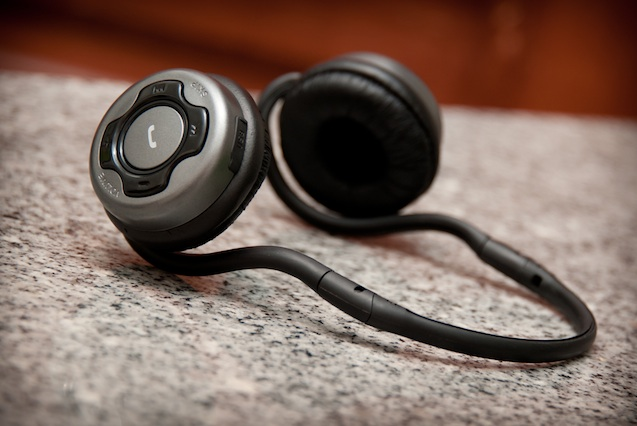Podcast: Play in new window | Embed
Mark joined us for Into Gaming and shared some big name games that have him confused
Listener Joshua in Sparta, Tennessee asked us about over-the-head bluetooth headsets:
“I was trying to see if you could help me find the best “over the head” bluetooth for commercial drivers. I can’t seem to find a good chart out there that tells you the difference in bluetooth. Trying to find one that doesn’t hang on my ear because of wearing glasses. It makes it too heavy on your ear.”
There aren’t as many over the head bluetooth headsets, just because they don’t appeal to the general public as much as the small ones do, and even those are rarely seen in the wild these days, but there are some professional-grade options for you to consider.
BlueParrot has several models that would fit your needs, their top of the line is the B350-XT, it is fully over the head and shouldn’t interfere with your glasses, it has shortcut buttons on the side for ease of use, and it charges via micro-USB. This model in particular claims “all day comfort,” and is pretty heavily padded, so odds are it will be comfortable to wear for long periods of time. the B350-XT will cost you around $130.
The same company makes the B250XT, which is a less powerful version of the BT350, but it’s smaller, cheaper and still claims to cancel out the noise of even an 18-wheeler during conversations. You can find it for around $70.
You might also like the Plantronics Blacktop 500, it’s meant for commercial drivers, it has noise cancellation like the other ones and it’s only $50.
Listener Shawn in Springfield, Tennessee asked us about having a second line on his phone:
“I’m not tech savvy to say the least. I’m in the start of running a small business. I currently use the iPhone 4s and love it. AT&T is my carrier. I need a second line to my phone for business purposes. What is your advice? Love the show.”
You can’t directly add a second line to an iPhone, unfortunately the only way to get a second line to work with one is with either an app to make and receive VoIP – which stands for Voice Over Internet Protocol – calls, or a full phone provider, VoIP or otherwise, that forwards calls to the cell phone.
There are VoIP solutions like Ooma and RingCentral that will allow you to set up a cellphone as a virtual extension, they’re not too expensive to use, and they all claim to be easy to set up. Ooma requires a physical device, but as long as you can give it access to solid broadband it should work well, and their core service is hosted in the cloud. Chris actually uses Ooma as his home telephone. He says:
What I like most is that you only pay the taxes on the phone line. After buying the $130 box, my monthly home phone bill is less than $4. RingCentral does not require a local device. You could always just get a cheap phone with a voice only line and use that as the second line, if you don’t mind carrying an extra device.
There is also Google Voice, where you can get a FREE VoIP phone number that connects to either your mobile phone or a traditional hardwired phone. Google Voice offers all manner of virtual attendant and call screening services as well. One great thing about Google Voice is they have an app for your mobile phone and you can make outgoing calls using that app which show your Google Voice number in the caller ID, as opposed to your mobile number. And did we mention it’s free?



